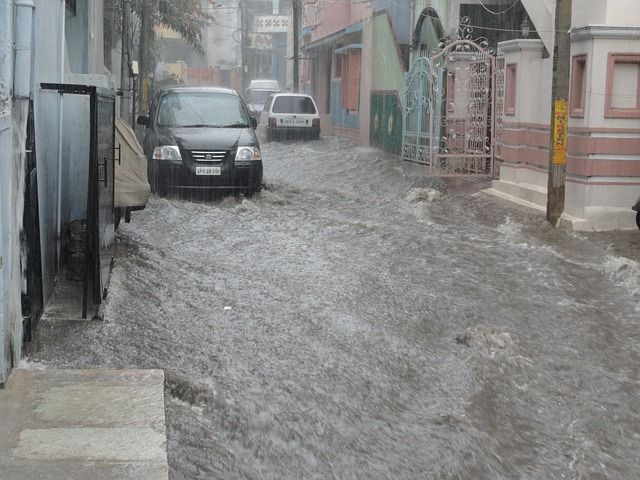Monsoon floods overwhelm South Asia, affecting more than 10.3 million people in India alone

Torrential monsoon rains swept across India, Nepal, Pakistan, and Bangladesh at the weekend, triggering flooding and landslides and killing at least 227 people.
The states of Bihar and Assam in north-east India were hit particularly badly with evacuees and displaced families numbering over 265,000. More than 900 relief camps and temporary shelters have been set up to house those affected.
In Nepal, many people are now starting to return to their homes and the number of people in relief camps has dropped from 17,000 to about 11,000.
“Natural disasters can occur anywhere,” writes Linguère Mously Mbaye in her IZA World of Labor article, “however, developing countries are the most vulnerable to their effects.
“Between 2008 and 2014, developing countries accounted for 95% of global displacement due to disasters.”
The monsoon season stretches from June until September, so although flood waters are beginning to subside, the crisis continues for those who are unable to return to their homes and are instead surviving in cramped and under-resourced relief shelters. Space in relief shelters and access to clean drinking water are major concerns for aid organizations who are working to prevent outbreaks of potentially deadly waterborne diseases like cholera or diarrhoea.
Mously Mbaye believes that “disaster management requires a holistic approach, where migration and remittances, which are private mechanisms, should be considered along with public intervention. In addition to helping households build resilience by, for example, investing in infrastructure in vulnerable areas, providing social protection, and allocating aid rapidly and efficiently, better world governance is needed to reduce the human impact on climate change.”
Read more IZA World of Labor articles on how the environment can affect the labor market